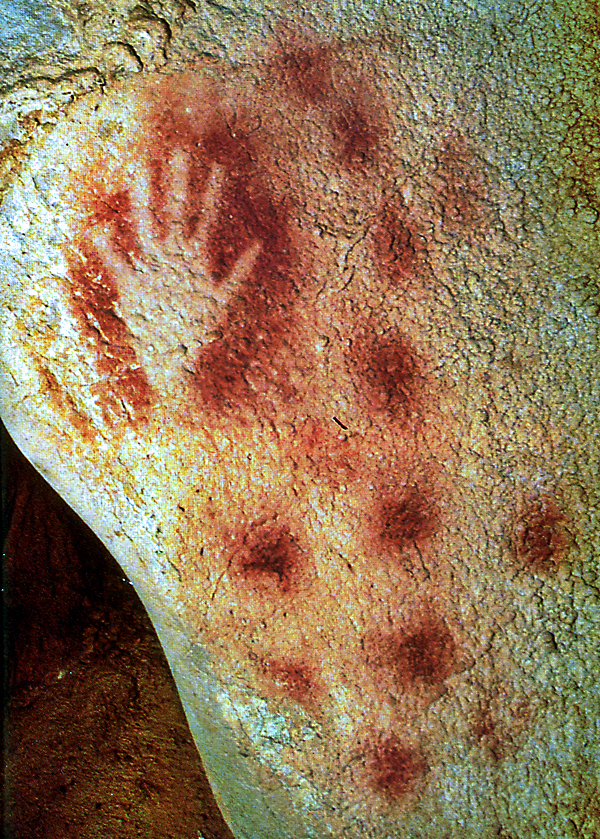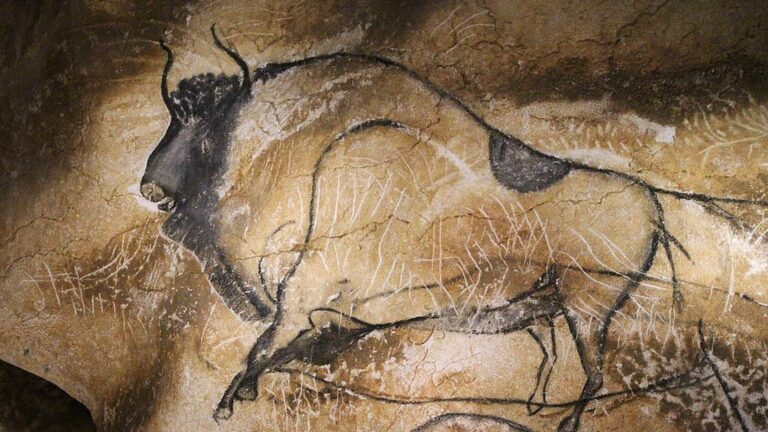The first signs of artistic expressions such as painting or drawing made their appearances in France, Spain, India and Indonesia 40,000 years before our era, during prehistory to the Upper Paleolithic at the height of the Ice Age. This date corresponds to the appearance of the Cro-Magnon man (Homo Sapiens-Sapiens) that is to say the wise man, who creates the paintings and parietal engravings (on the walls inside the caves) and rupestral (on rocks outside or in shelters under rocks) as well as sculptures in stone, ivory, clay, or bone and practice the “funeral art”.

This art was called “cave art” because these paintings were made on the walls inside the caves. The paintings of the Chauvet caves in France have a very elaborate mastery of techniques and artistic knowledge and seem to be an example of aesthetic achievement compared to others. Although we have discovered paintings and drawings of horses, lions, hyenas, owls, bison, bulls or deer on cave walls, animals such as: bears, aurochs, woolly rhinos and mammoths ( as many animals now extinct) were the favorite subjects that prehistoric man represented in the caves. The Paleolithic artist had the skill of creating lively and dynamic scenes, of using the volumes of the rock face to produce a relief effect in his works, as well as of superimposing the designs between them in order to suggest movement and put the topics in perspective.

The tools used for painting consisted of: a horsehair brush, a reed or a hollow bone for the pigments, a stone mortar and a powder cup for the preparation of the paint. No less than six techniques were used to engrave and paint in the Paleolithic. But here we will retain those used for painting. The first technique required stamping patterns on the cave wall with your hand, finger or a brush, previously coated with paint. The second asked the artist to use his mouth or a hollow bone or even a reed to project the dry pigments on the rocky surface, in order to diffuse the powder as regularly as possible to trace outlines, fill a surface or make negative hands.

© Patrick QUENUM (All rights reserved)
This article is an extract from the book “Prehistoric Art : the origin of art” published by
editions – Independently published





